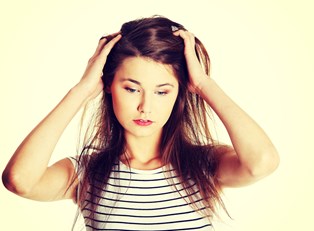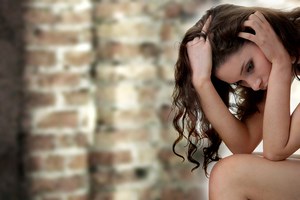Obsessive-compulsive hair pulling used to relieve feelings of intense stress or deep depression is a common condition that usually begins in childhood. Trichotillomania is diagnosed more often in females than males, with both genders pulling hair from their faces or bodies. This condition leads to embarrassment for people who often hide bald patches with clothing or wigs.
The most common areas of the body from which hair is pulled include the scalp, eyebrows, and arms. Other areas such as the legs, pubic region, and nose are also sometimes affected. Trichotillomania is currently classified by the DSM-5, the leading reference on psychological disorders, as an OCD-related disorder marked by obsessive thoughts and repetitive behaviors.
What causes hair-pulling episodes?
Individuals with trichotillomania may consciously or unconsciously pull hair in excessive amounts, leading to bald spots or infected skin. Most trichotillomania sessions occur after a stressful event, causing the individual to pull strands of hair habitually from their head, face, or body. While using the fingers to pull out hair is most common, tweezers are sometimes used instead.
The action of pulling hair seems to provide a release of anxiety for patients with this condition. If you have this condition, then you may go into a trance-like state while pulling or plucking hair. You may obsess over removing one strand of hair with a slightly different color or texture until there is a large area of bald skin.
How does a person with trichotillomania behave?
Each person with trichotillomania behaves differently while engaged in a hairpulling session. Someone with chronic hair pulling may spend hours finding strands of different textures to remove. Other individuals have multiple sessions of hair pulling each day, making it difficult to live a normal lifestyle.
There are individuals who stop pulling their hair for long periods of time but then return to the condition later. It is possible that when an individual is living a stress-free life, his or her trichotillomania symptoms cease. However, when stress returns, he or she begins the compulsive habit again to cope with difficult emotions. An individual with trichotillomania may hide the condition from friends and family, but physicians are learning the signs of the condition, leading to a faster diagnosis.
What are appropriate treatments for hair pulling?
One of the ways to determine if someone has trichotillomania is with a biopsy of skin tissue to check for damaged hair follicles. However, older individuals are usually aware that they have trichotillomania and do not require this test. When a person pulls hair from the scalp, the remaining hair strands are often of various lengths, making it easy for a therapist to diagnose trichotillomania.
Treatment for hairpulling primarily involves psychotherapy to find healthier ways to cope with anxious or depressed feelings. Psychiatrists might use hypnosis, biofeedback, or cognitive behavioral techniques to help their patients stop pulling hair. Medications to reduce anxiety or relieve depression are also advisable for teenagers and adults with trichotillomania.



